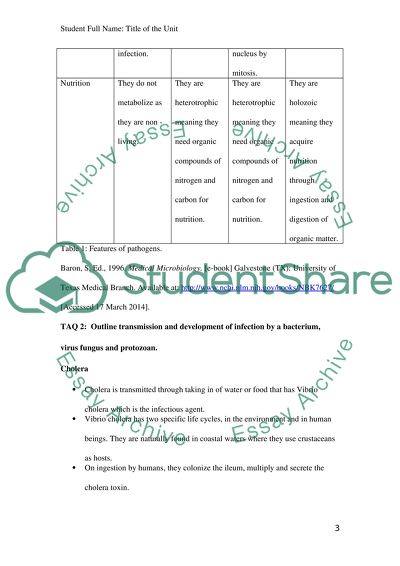Cite this document
(“Human Biological Science (Pathogens and Disease) Coursework”, n.d.)
Retrieved from https://studentshare.org/biology/1633574-human-biological-science-pathogens-and-disease
Retrieved from https://studentshare.org/biology/1633574-human-biological-science-pathogens-and-disease
(Human Biological Science (Pathogens and Disease) Coursework)
https://studentshare.org/biology/1633574-human-biological-science-pathogens-and-disease.
https://studentshare.org/biology/1633574-human-biological-science-pathogens-and-disease.
“Human Biological Science (Pathogens and Disease) Coursework”, n.d. https://studentshare.org/biology/1633574-human-biological-science-pathogens-and-disease.


